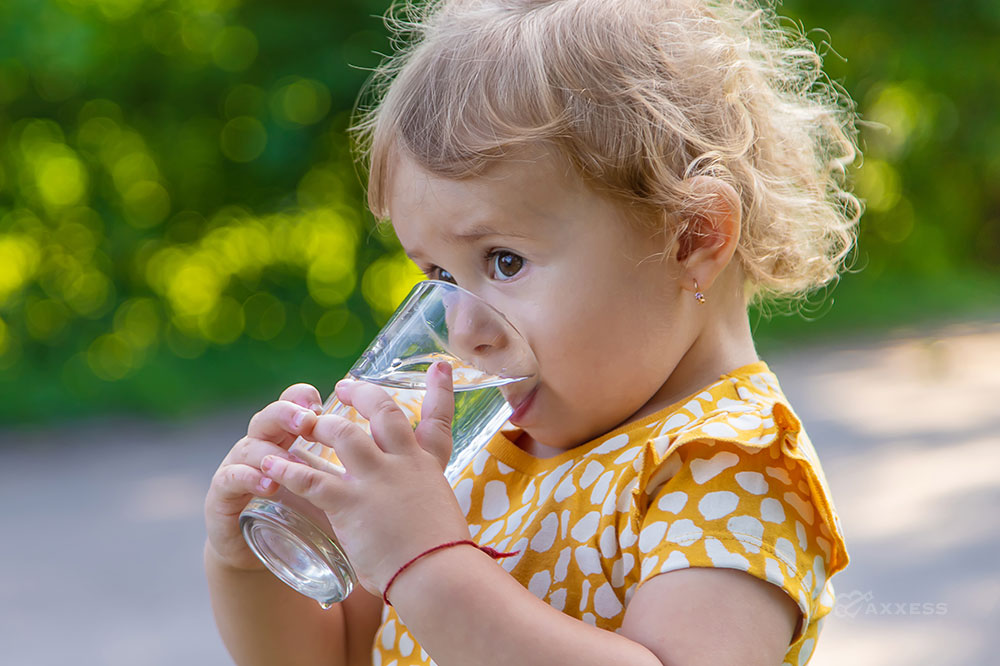
Summer is a great time for barbeques, pool parties and sports, but the heat increases the risk of dehydration. This is especially dangerous for young children and older adults. Dehydration can lead to potentially serious health consequences, such as impaired cognitive function, increased risk of falls, orthostatic hypotension, constipation and an increased risk of hospitalization.
Who Has the Highest Risk for Dehydration
Older adults are at a higher risk of dehydration for multiple reasons, including:
- Impaired physical or cognitive abilities
- Limited mobility
- A naturally lower volume of water in older adult bodies
- Decreased thirst
- Reluctance to drink due to fear of incontinence
Young children become dehydrated most often from severe diarrhea and vomiting.
Chronic illnesses and medication use also can increase the risk of dehydration in elderly and pediatric clients. Awareness and prevention are key to staying safe in the sun.
Signs of Dehydration
Be aware of the signs of dehydration, which differ slightly between children and adults.
Infants and young children:
- Dry or sticky mouth and tongue
- No tears when crying
- No wet diapers for three hours
- Sunken eyes
- Sunken soft spot on the top of the skull
- Listlessness or irritability
Adults:
- Extreme thirst
- Less frequent urination
- Dark colored urine
- Fatigue
- Dizziness
- Confusion
Steps to Prevent Dehydration
- Keep track of fluid intake. Daily fluid intake should be approximately 3.7 liters for men and 2.7 liters for women, according to the U.S. National Academies of Sciences, Engineering, and Medicine. Intake goals for children vary with age, so check with a pediatrician.
- Encourage drinking throughout the day. Thirst is a late indicator of dehydration, so motivate clients to drink before they get thirsty.
- Keep drinks easily accessible and within reach.
- Find out your clients’ fluid preferences. Provide them what they like to drink.
- If your clients are tired of drinking plain water, try flavor-infused water. Some great, refreshing combinations of flavored water are lemon raspberry, citrus (orange, lemon or lime) and cucumber mint.
- Incorporate fresh fruits and vegetables into meals and snacks. Fruits with high water content include watermelon, cantaloupe, peaches, pineapple, strawberries and oranges. Vegetables with high water content include bell peppers, broccoli, lettuce, cucumbers, zucchini and celery.
- When clients go outside, have them wear loose-fitting, light-colored clothing. A wide brimmed hat will keep their head cool. Make trips outside early in the day and avoid the 12 p.m. – 5 p.m. time frame.
Monitoring for signs and symptoms of dehydration and using simple prevention tips minimizes the risk of hospitalization. Axxess Home Care can help with tools like the Intake and Output Log that helps track fluid intake and output.
